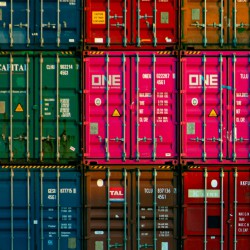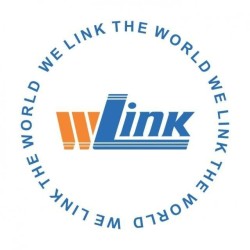When will supply chain disruptions and exorbitant freight rates end?
Shippers and importers in the US are frustrated and eager to end the constant supply chain disruptions and freight rates that seem to have always gone higher every time they needed it.

Supply chains are disrupted and freight rates are too high (Image: Phaata)
Until now, the desire to keep the freight rates unchanged is very difficult to come true and the freight rates are likened to the ceiling on interest rates. But some industry executives predict freight rates are expected to return to more stability later this year.
"We see light at the end of the tunnel, with regard to moving toward some normalcy towards the end of the year," said Mario Cordeiro, executive director of the Port of Long Beach.
And, in an earnings call following the rail industry's second-quarter results, Union Pacific Chief Executive Officer, Lance Fritz ,said that, despite much action to mitigate the impact of congestion, "it’s likely these issues will persist through the end of the year."
However, other executives warn that the situation will not return to normal before February next year, and possibly even later.
“We easily see this going through up to Chinese New Year, and there’s a lot of indications that it could go beyond that,” a recent comment.
The speaker was not the chief executive officer of one of the west coast ports of the United States that suffered the effects of intense traffic congestion, but Griff Lynch, the chief executive officer of ports in the state of Georgia (Georgia Ports Authority). On July 19, 19 container ships were moored outside the Port of Savannah waiting to be unloaded. The port handled 478,620 teu in May.
Judah Levine, research lead at Freightos Group, also suspects rates and volatility will drop before 2022.
“Demand is continuing to outpace supply,” he said. “Things are supposed to return to some equilibrium once consumer demand shifts markedly from goods to services, but even then low inventory levels will require some restocking. This will take us to the next mini-peak, which is around lunar new year at the beginning of February.”
And one freight forwarder suggested that peak season could be underway at a time when volumes spike and the factors supporting shipping (place and container equipment) are exhausted.
“I doubt it will change before mid-next year,” said Robert Khachatryan, founder of Freight Right Global Logistics. “Since May, we have been shipping products for Christmas,” he explains, and added that importers won't wait until September to place their orders because the goods won't arrive in the US before January.
Regardless of when things will stabilize, the shipping industry will not be able to see a return to pre-Covid prices for ocean freight, he predicted. He said that the container freight rate will not return to $2,500 or $1,800: “I think the freight rate will stabilize at around $5,000.”
This is ominous for importers of low-value goods. Mr. Khachatryan expects these items will be revalued in the market and will be purchased with origins closer to the US.
Presumably, many importers are less concerned with the final price than with the disruptions that have affected their supply chains. According to the National Retail Federation, 97 percent of retailers surveyed were impacted by port and shipping delays, and 70 percent had to add two to three weeks to their supply chain.
The resurgence of Covid in some exporting countries, such as Vietnam, is adding an element of uncertainty. Suppliers to Nike in this Southeast Asian country had to suspend production because of the Covid disease outbreak among workers.
The disruption and disruption will continue for some time yet.
Read more:
Source: Phaata.com (According to The Loadstar)
Phaata.com - The first international logistics marketplace in Vietnam
► The fastest place to connect Shippers and Forwarders!













.png)









.jpg)


